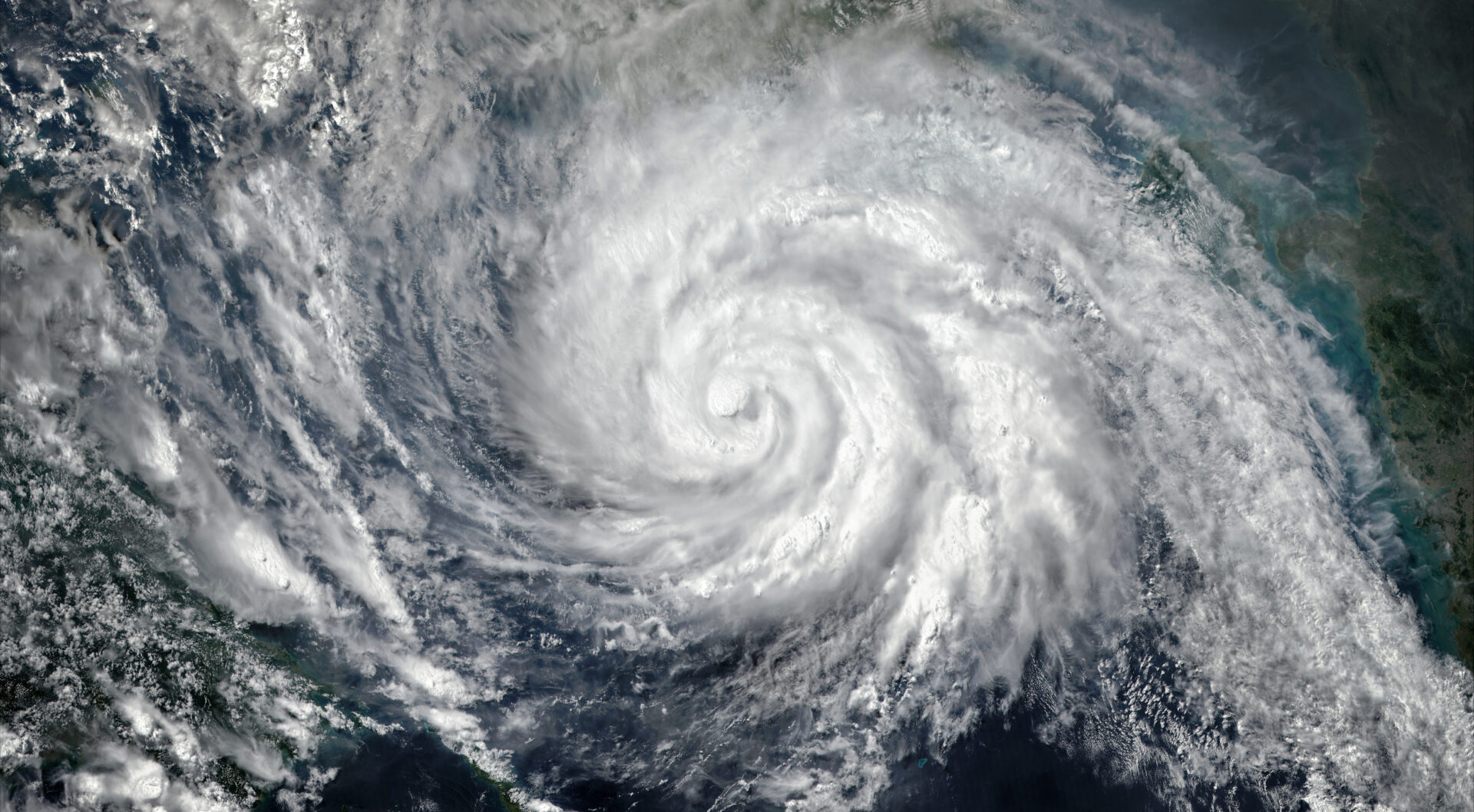
RUNNING DRY – State Faces WATER CRISIS!
Nevada is battling both a cyberattack that paralyzed state offices and a worsening water crisis that has forced lawmakers into urgent legislative action.
At a Glance
- A cyberattack disrupted Nevada state offices, delaying public services.
- Governor Joe Lombardo signed AB 104 and SB 36 to address water scarcity.
- Nevada receives the smallest share of the Colorado River amid federal cuts.
- Lake Mead water levels hit historic lows, straining allocations.
- State and federal coordination continues to restore essential services.
Cyberattack Disrupts State Operations
Nevada officials confirmed that a cyberattack has crippled multiple state agencies, limiting access to public records and delaying essential services. While details on the perpetrators remain scarce, the attack has heightened concerns over infrastructure vulnerabilities. Cybersecurity teams are working with federal authorities to restore systems, but full recovery could take weeks.
Watch now: Nevada Cyberattack News · YouTube
The disruption comes as residents are already grappling with critical resource challenges, compounding public frustration. State officials emphasized that no sensitive citizen data has been confirmed stolen at this stage, though investigations are ongoing.
Severe Water Shortages Prompt State Action
Nevada is simultaneously confronting historic water shortages, with Lake Mead at dangerously low levels due to persistent drought and overuse. In 2023, Governor Joe Lombardo signed AB 104 and SB 36, creating a voluntary groundwater rights retirement program designed to ease over-extraction and improve long-term water security.
Federal water allocation cuts have worsened the strain, reducing Nevada’s already minimal share of the Colorado River. According to The Nevada Independent, these measures are intended to balance immediate relief with longer-term sustainability planning. However, experts warn that without federal flexibility, the state faces mounting pressure to conserve further.
Federal Inaction and Legislative Innovation
Experts such as John Entsminger of the Southern Nevada Water Authority have criticized federal management as too rigid in adapting to both climate change and rapid population growth in urban centers like Las Vegas. Nevada’s legislative approach marks a pivot toward state-driven solutions. The groundwater rights retirement program provides short-term relief while setting a precedent for similar measures across the drought-stricken Southwest.
Watch now: Nevada’s Water Crisis Explained · YouTube
Despite these efforts, Nevada continues to face major constraints. The Southern Nevada Water Authority reported a 5.5% decline in water use in 2024, showing the impact of conservation programs such as turf removal. Yet rising water costs and potential service disruptions remain likely without broader systemic reforms.
Impacts on Communities and Industries
The crisis is felt unevenly across Nevada. In urban areas such as Las Vegas and Reno, residents may face water rate hikes and potential restrictions. Rural communities and agricultural producers confront reduced irrigation access, directly impacting food production and local economies.
Economists at the University of Nevada, Reno warn that escalating costs could depress real estate development and agricultural productivity. Vulnerable populations face heightened risks from water scarcity, especially as public health systems adapt to constrained supplies. Politically, the crisis has fueled greater scrutiny of federal policy and reinforced calls for state-led innovation.
As Nevada manages the dual challenges of cyber disruption and environmental scarcity, its coordinated response underscores the importance of adaptable governance. The blend of legislative innovation and intergovernmental cooperation may offer a model for other regions confronting overlapping crises.
Sources
The Nevada Globe
The Nature Conservancy
The Nevada Independent
Brownstein


